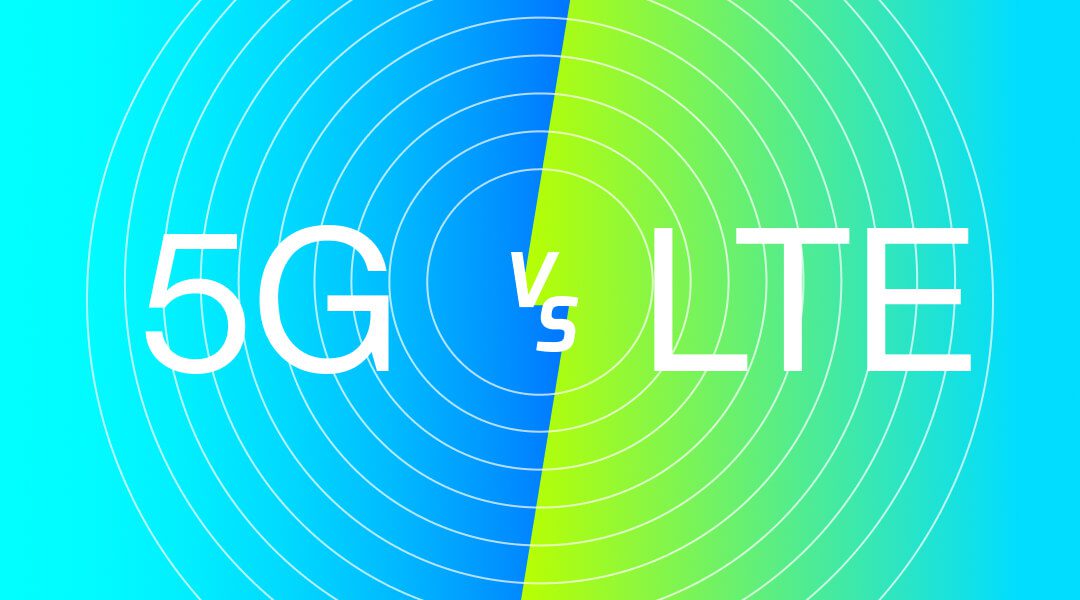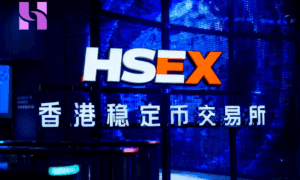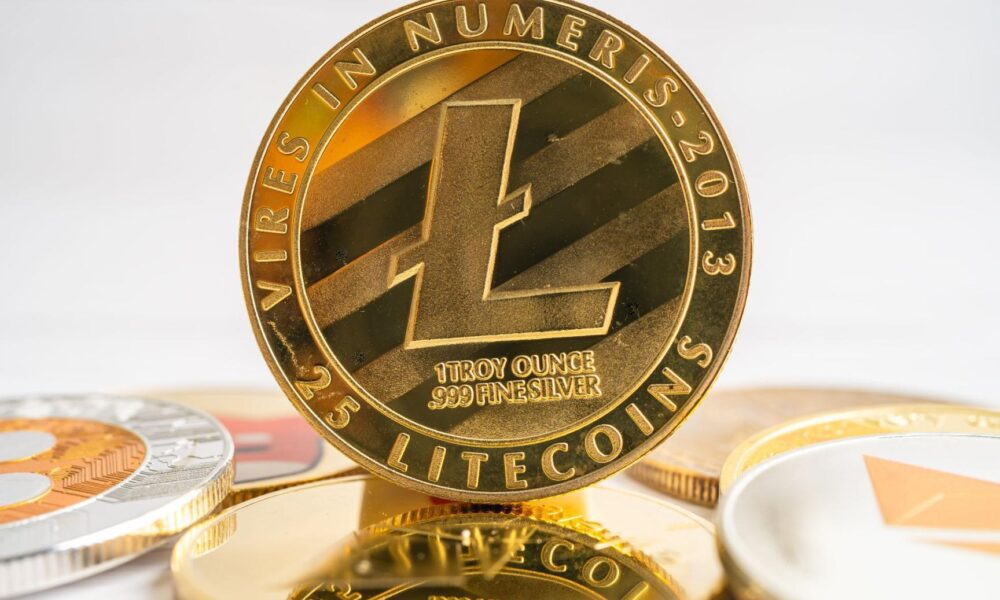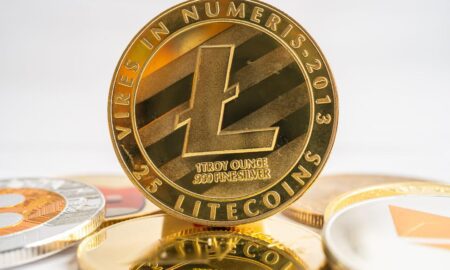Life in the 21st century is all about speed — think fast WiFi, instant downloads, and real-time chat. It seems like users have transcended light years from dial-up connections to impressive speeds in Internet connectivity.
At the heart of this revolution is a rivalry between 5G and LTE data. See exactly what separates them in the realm of mobile network technology, so you can find and choose affordable phone plans with confidence.
The Evolution of Mobile Data
Remember when you had to wait a few minutes to download a single song? Or the primeval era of 2G when web pages took an eternity to load? Then came 3G, a ray of hope, followed by 4G Long-Term Evolution (LTE) — a revolution in mobile data experience.
The evolution from 2G to 4G was largely focused on enhancing the speed and capacity of mobile data. A shift from voice call-centered networks to data-crazy ones happened with LTE, which provided users with the ability to consume content at nearly ten times the speed of its predecessor, 3G.
As of 2021, 4G LTE has been the backbone of mobile data usage, whether for streaming, downloading, or gaming. However, a speedier and more robust version of mobile data has arrived to redefine today’s digital lifestyle: 5G.
What Is Long-Term Evolution (LTE)?
LTE is a standard for wireless broadband communication. Coined by the 3rd Generation Partnership Project, it’s all about high-speed data for mobile phones and data terminals.
Unlike its predecessor, 3G, LTE was designed from the ground up to be a purely IP-based system, eliminating circuit-switched voice networks and instead opting for Voice over LTE (VoLTE). This breakthrough technology offers fast browsing speeds, typically ranging from 10 to 50 Mbps – although, under ideal conditions, it can rocket up to 100 Mbps.
LTE has been a reliable option for many of us on this technological voyage, maintaining a balance between high speed and coverage. However, there are some drawbacks. LTE can sometimes struggle with wall penetration, leading to a shaky connection indoors. It also comes with limited bandwidth, making crowded areas a pain point for connection speeds.
What Is 5G?
5G, or Fifth Generation, is a leap beyond LTE, promising faster download and upload speeds, real-time response, and seamless connectivity. 5G networks come with millimeter-wave, mid-band, and low-band frequencies, which form a spectrum of ultra-high frequencies to promise a whole new level of internet connectivity.
That includes download speeds equivalent to fiber broadband, up to Gigabits per second. It is designed to significantly increase data speed and responsiveness (lower latency) and connect a plethora of devices seamlessly.
However, despite its glitz and glamour, 5G has its drawbacks. The biggest challenge is coverage. High frequency also means shorter reach. 5G may struggle with distance and travel less effectively through solid objects. Still, technology is resilient, and enhancements are underway to make 5G available everywhere.
Comparing 5G and LTE
It can be useful to compare LTE and 5G. Both have strengths and weaknesses, so choosing between them depends on individual requirements and location.
LTE’s value comes from its well-established network, which provides decent speeds and reliable connectivity worldwide. It works excellently even in remote locations, ensuring that everyone remains connected.
On the other hand, 5G boasts hyper-fast speeds, lower latency, and the potential for vastly improved capacity. It’s a game-changer for users who want to consume a high volume of data quickly, and it offers a promising platform for emerging techno-digital services, such as the Internet of Things (IoT), autonomous vehicles, and augmented reality (AR).
However, the lightning-fast speeds of 5G come with a catch. Its coverage is currently sparse, and while it’s expanding, it’s mostly available in densely populated areas and falls short in suburban or rural locations. As of now, LTE takes the crown in terms of sheer coverage, but the tide may change as 5G continues to roll out worldwide.
Choose the Right Network for Your Needs
As 5G expands its coverage and resolves its initial teething issues, users are on the brink of a phenomenal shift in global connectivity. Meanwhile, LTE stands as a reliable, accessible, and hands-on choice with its wide coverage and stable speed. Choosing one over the other depends on your location, data needs, and, of course, whether your phone plan supports it.
So, when considering your next affordable phone plan, think about what you need most from your mobile data. Remember, the best network for you is the one that meets your demands and keeps you seamlessly connected in this ever-evolving digital landscape.



































